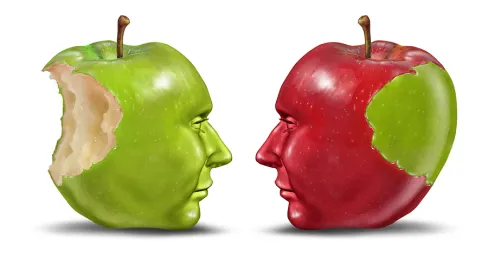One area of estoppel arising from an unsuccessful AIA petition that remains poorly understood relates to prior art that is described both in a printed publication or patent and also was in use by others, such as to create prior use, prior sale, or other non-printed types of prior art. In Polaris Industries Inc. v. Arctic Cat Inc., the District Court of Minnesota denied-in-part plaintiff’s motion for summary judgment that defendant should be estopped from asserting three invalidity grounds, which each included a prior art product, specifically physical vehicles, even though aspects of the physical vehicles were described in a printed publication or patent.1 In so denying, the court held that the combinations could not have reasonably been raised in a previous Inter Partes Review (“IPR”) proceeding, because prior art in IPR proceedings is limited to “patents or printed publications.”2
Polaris alleged that Arctic Cat infringed certain claims of Polaris’ ‘501 Patent relating to continuous variable transmissions.3 In response, Arctic Cat filed an IPR petition with the Patent Trial and Appeal Board and asserted invalidity of certain ‘501 patent claims based on grounds of obviousness.4 Arctic Cat’s petition was ultimately unsuccessful, although it was instituted on a number of grounds relating to printed publications. Returning to the District Court case, Arctic Cat asserted invalidity as to most of the claims of the ‘501 patent, on the grounds of seven specific combinations of prior art that were not asserted in Arctic Cat’s IPR petition. While most of the combinations included prior art patents and printed publications, three of the grounds also included physical vehicles, such as the Pontiac Fiero.5
Polaris then moved for summary judgment, arguing that all of Arctic Cat’s physical vehicle prior art could have been reasonably raised during the IPR and that allowing Arctic Cat to point to physical products, rather than the printed materials describing the products, would allow Arctic Cat to end-run the intended scope of IPR estoppel.6The court responded that no such rule has been recognized by any court.7 The court further recognized that other courts have held that products embodying patents or printed publications are not subject to §315(e)(2) estoppel.8 The court thus held that only patents or printed publications can serve as grounds for an obviousness combination in an IPR, as recited by 35 U.S.C. §311(b), such that Arctic Cat could not have reasonably raised the obviousness combinations that included physical vehicles.
This is a preliminary decision, and so practitioners will need to continue monitoring developments in this area to see if the points of decision hold up on appeal and in subsequent decisions, but it does illuminate a potential pathway for petitioners who are ultimately unsuccessful in an AIA petition. One issue to be reviewed carefully in situations like this is whether the non-printed form of prior art would satisfy elements of the claims that are not taught or suggested in the printed form of prior art.
1 Polaris Industries Inc. v. Arctic Cat Inc., No. 2015-4475, 2019 WL 3824255 (D. Minn. Aug. 15, 2019).
2 Id. at *7.
3 Id. at *2.
4 Id.
5 Id. at *2.
6 Id. at *6.
7 Id. at *7.
8 Id.
9 Id.




 />i
/>i

